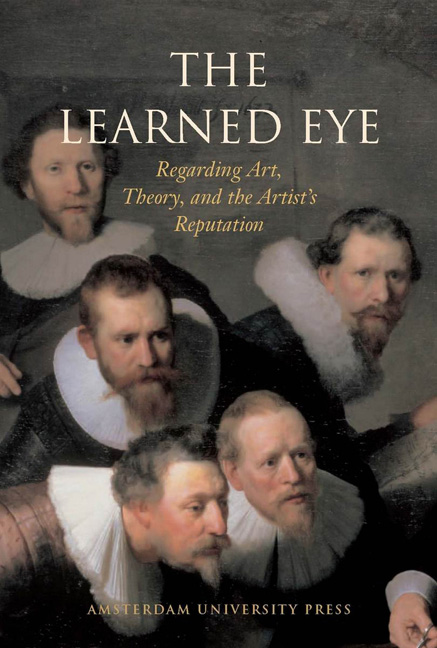Rembrandt's Drawing The Raising of the Cross in the Museum of Fine Arts, Boston
Published online by Cambridge University Press: 25 January 2021
Summary
In 1961 I drew attention to a drawing representing The Raising of the Cross in the Museum of Fine Arts, Boston (fig. 1). I discussed it briefly and illustrated it in my long review of Benesch's six-volume ‘Corpus’ of Rembrandt drawings in the Kunstchronik. I discussed the drawing, which in Boston was classified as ‘School of Rembrandt’, as a copy of a lost original, and analyzed briefly its place between Rembrandt's The Raising of the Cross in black chalk in the Museum Boijmans Van Beuningen in Rotterdam (Ben. 6: ca. 1627/28) (fig. 2) and the painting in Munich, one of the Passion scenes from the Collection of Frederik Hendrik and Amalia van Solms, now in the Alte Pinakothek in Munich (fig. 3). I pointed out that, in comparison with the former, in some respects the drawing represented a stage closer to the painting (referred to by me as ‘painted in 1633’), while in others it still adhered to the earlier drawing. Thus the subject is already in reverse, the cross has moved further to the centre, and the man who helps raise the cross by means of a long rope has already been eliminated, but the man seen from the back is still standing over the cross rather than next to it. I also added more points to this comparison and postulated a presumed similarity of the lost original to the drawing Judas Repentant formerly in the Albertina in Vienna (fig. 4).
Since the publication of my review in 1961 I have come to the conclusion that the drawing should be considered an original. Since this volume of articles is written for a friend and colleague who himself is not averse to changing opinions he reached in the past, it presents me with a welcome opportunity to both honour him and do the drawing justice.
Before 1961 no one writing on Rembrandt, including Benesch, expressed awareness of the drawing. Presumably on the basis of the reference and illustration of the drawing in the Kunstchronik, Ernst Brochhagen recognized its significance in his catalogue of Dutch paintings in Munich, and Josua Bruyn et al., when writing the entry for the painting for the second volume of A Corpus of Rembrandt Paintings (No. A69), added astute observations to my analysis of its place between the drawing in Rotterdam and the painting in Munich.
- Type
- Chapter
- Information
- The Learned EyeRegarding Art, Theory, and the Artist’s Reputation, pp. 39 - 46Publisher: Amsterdam University PressPrint publication year: 2005



